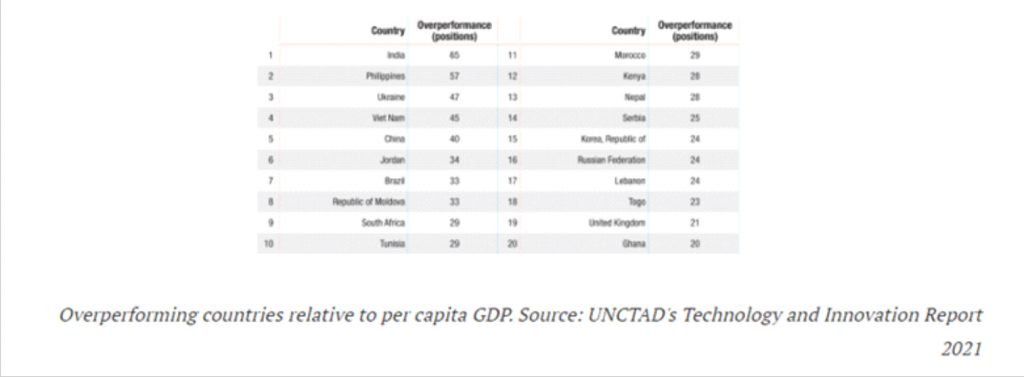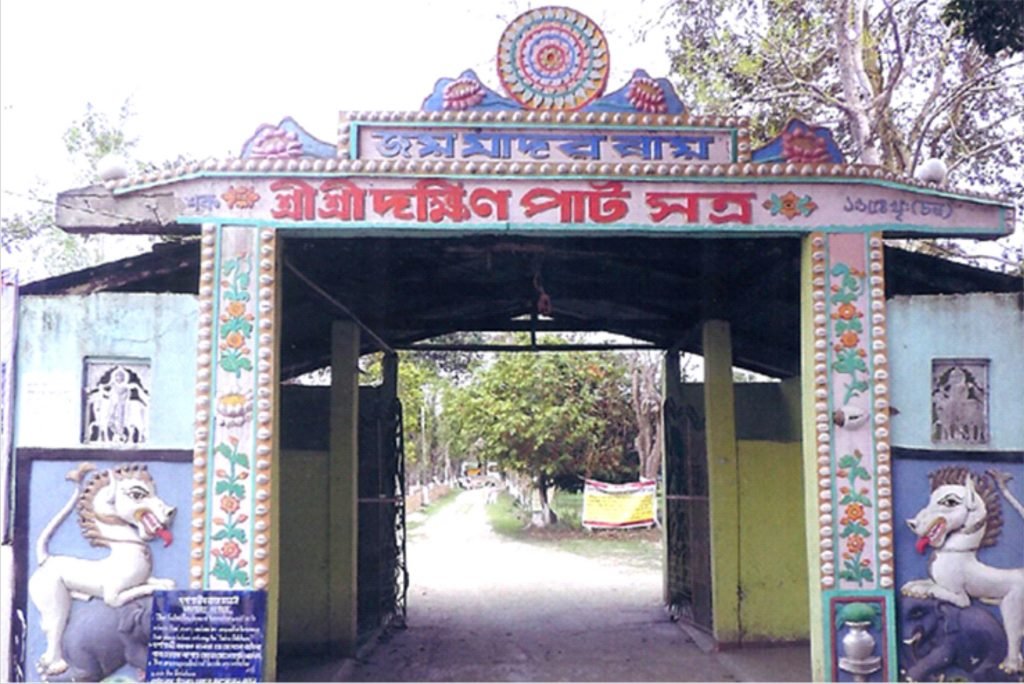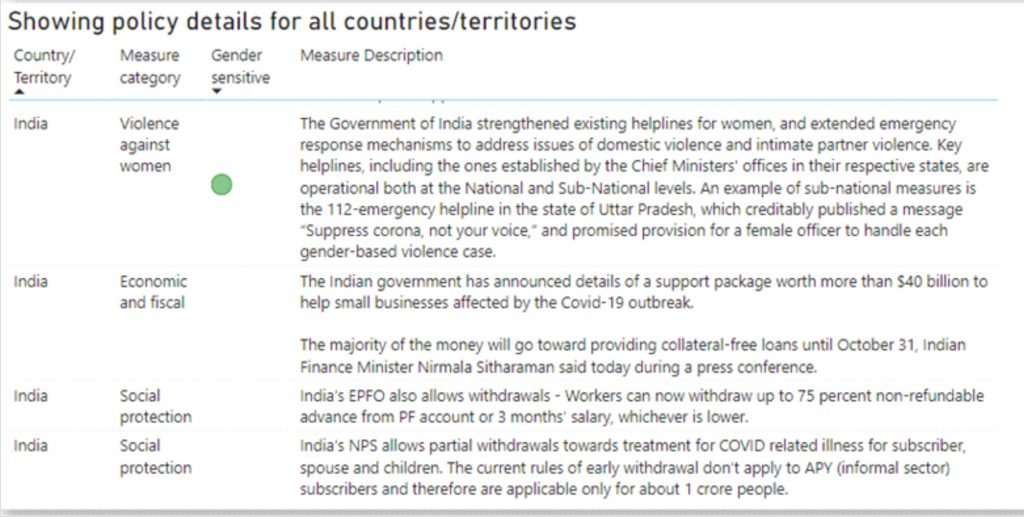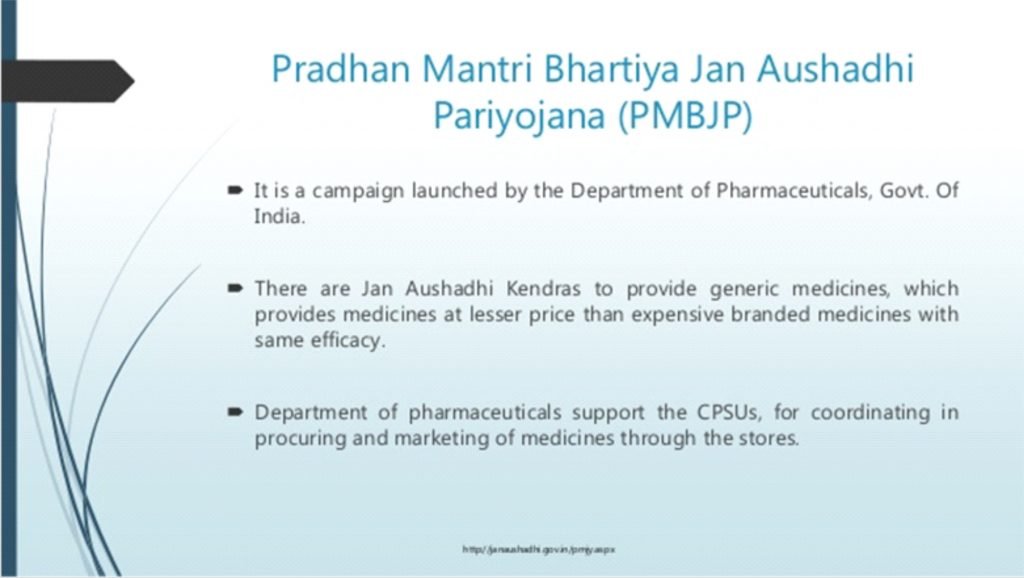Current Affairs (8th March 2021)
INDIA-BANGLADESH
CONTEXT:
- Recently Indian External Affairs Minister visited Bangladesh for a bilateral meet.
- The visits have been timed with celebrations to mark 50 years of the 1971 liberation war that led to the birth of Bangladesh.
Stand of India:
- According to Indian External Affairs Minister, Bangladesh is a “key neighbour” and a “valued partner” not only “in South Asia but also in the broader Indo-Pacific region”.
- India’s ties with Bangladesh “transcend even our strategic partnership”.
- He framed Bangladesh’s importance as being central to India’s “neighbourhood first” policy and its growing relevance in the “Act East” policy.
Stand of Bangladesh:
- Problems between neighbouring countries should be resolved through discussions and negotiations.
- Need to focus on possible ways to materialise commitments and accommodate each other’s priorities in a mutually beneficial manner.
- Bangladesh acknowledged the collaborative initiative of the two countries in implementing the vaccination programme against the ongoing pandemic.
- Bangladesh is the largest recipient of 9 million doses of Made in India vaccine from Serum Institute of India.
Way ahead:
- Both countries are committed to expand their relationship in all dimensions, ranging from security, trade, transport and connectivity, culture, people-to-people ties, energy, joint development of our shared resources and defence.
- India-Bangladesh relations transcend strategic partnership, and bonding of both the countries is central to the realisation of a dream of a peaceful, prosperous and progressive South Asia.

Technology and Innovation Report 2021
Context:
- India was the biggest ‘overperformer’ in frontier technologies than the country’s per capita gross domestic products (GDP) would suggest, according to a recent country-readiness index released by the United Nations Conference on Trade and Development (UNCTAD).
Frontier technologies
- It includes artificial intelligence, the internet of things, big data, blockchain, fifth-generation mobile telephony, three-dimensional printing, robotics, drones (remotely controlled flights), gene-editing, nanotechnology and solar power — the ones that take advantage of digitalisation and connectivity.
About Index
- The index analysed progress of countries in using frontier technologies, considering their national capacities related to physical investment, human capital and technological effort.
Highlights:
- Not only India, but several developing countries showed stronger capabilities to use and adapt frontier technologies above their GDPs, the report highlighted. And yet, most of the 158 countries assessed were lagging behind.
- India’s actual index ranking was 43, while the estimated one based on per capita income was 108. This meant that India overperformed other countries by 65 ranking positions.
- It was followed by the Philippines, which overperformed by 57 ranking positions.
- China was at position 25; both India and China performed well in research and development. This was reflective of their abundant supplies of qualified and highly skilled human resources available at a comparatively low cost.
- The Philippines has a high ranking for industry—because of high levels of foreign direct investment in high-technology manufacturing, especially electronics.

- The United States, Switzerland and the United Kingdom were “best prepared” for frontier technologies.
- According to the report, most of the best-prepared countries are from Europe, except the Republic of Korea, Singapore and the United States. Some transition economies, such as Russia, also perform well on the index.
Way Ahead:
- Developing countries should align science, technology and innovation policies with industrial policies.
- New technologies can re-invigorate traditional production sectors and speed up industrialisation and economic structural transformation.
Assam’s Sattras
Context:
- In poll-bound Assam, the campaigns of both national parties could not be more different. Yet, one place figures prominently in the campaign trails of both parties — the Bartadrava Than/Sattra (monastery) in Nagaon, which is the birthplace of renowned Vaishnavite saint-reformer Srimanta Sankardeva.
Sattras
- Sattras are monastic institutions created as part of the 16th century Neo-Vaishnavite reformist movement started by Vaishnavite saint-reformer Srimanta Sankaradeva (1449-1596).
- As the saint travelled across Assam, spreading his teachings and propagating an egalitarian society, these Sattras/Thans were established as centres of religious, social and cultural reforms in the 16th century.
- Today, Sattras are spread across the state, promulgating Sankardeva’s unique “worship through art” approach with music (borgeet), dance (xattriya) and theatre (bhauna).
- Each Sattra has a naamghar (worship hall) as its nucleus and is headed by an influential “Sattradhikar”. Monks, known as bhakats, are inducted into Sattras at a young age.
- They may or may not be celibate, depending on the kind of Sattra they are inducted into.
- There are about 900 Sattras across Assam, but the main centres are Bordowa (Nagaon), Majuli and Barpeta.
- These institutions are of paramount importance and lie at the heart of Assamese culture.

Sankardeva’s philosophy
- Sankardeva propagated a form of Bhakti called eka-sharana-naam-dhrama, and espoused a society based on equality and fraternity, free from caste differences, orthodox Brahmanical rituals and sacrifices.
- His teaching focused on prayer and chanting (naam) instead of idol worship. His dharma was based on the four components of deva (god), naam (prayers), bhakats (devotees), and guru (teacher).
Relationship between the Sattra and the State
- During the Ahom reign, the Sattras received a lot of donations in the form of land or money from the kings.
- Unlike temples, Sattras did not require patronage because they were self-sufficient, grew their own food and could sustain themselves.
- So they never sought patronage, it was given to them. However, today, it is different. Annual grants from the state and central government are doled out to Sattras, in the hope for political support.
- While Sattra votes may not decide the outcome of an election, it is undeniable that the Sattras and Sattradhikars have a lot of influence, especially in Sattra-based constituencies like Nagaon, Kaliabor, Majuli, Barpeta, Bartadadrva etc. Assamese families usually have ties with one Sattra, or the other.
Temporary basic income
Context:
- A temporary basic income (TBI) for poor women in developing countries can help millions of them cope with the effects of the novel coronavirus disease (COVID-19) pandemic, according to COVID-19 Global Gender Response Tracker by United Nations Development Programme (UNDP) and UN Women released ahead of International Working Women’s Day (8 March).
Women Situation:
- Women have been hit harder than men by the pandemic, losing income and leaving the labour market at a greater rate. This vulnerability is due to gender inequality.
- On an average, women spend 2.4 more hours per day than men on unpaid care and domestic work.
- Among people who participate in the paid economy, women spend an average of four hours more per day than men on paid and unpaid work combined.
- Beyond complex gendered norms, some of the economic vulnerability imposed on women also comes from policy and political decisions that have persistently deprived them of compensation in the form of equal pay, paid maternity leave, universal health, unemployment and care benefits.
- Women are 25 per cent more likely than men to live in extreme poverty. Only one in ten countries and territories, however, have policies addressing women’s economic security needs.
Way ahead:
- The large-scale TBI scheme proposed by UNDP in a policy brief showed that a monthly investment of 0.07-0.31 per cent of a developing countries’ gross domestic product (GDP) could provide reliable financial security to 613 million working-aged women living in poverty.
- The benefits of such a meaningful investment could not only help women and their families absorb the shock of the pandemic, but also empower women to make independent decisions about money, livelihoods and life choices.
- A set of policies should be aimed at recognising the needs of all workers, men and women, to reconcile their household obligations with paid work and allow for a more even distribution of care and domestic work by institutionally acknowledging it as a shared responsibility.
- Such policies include guaranteed paid maternity leave, extended paternity leave and the enforcement of its take-up.
- Establishing flexible arrangements such as part-time work or the provision of breastfeeding facilities in the workplace that allow parents to return to the workforce shortly after having a child should also be encouraged.
- Beyond reconciling paid work and family responsibilities, governments must address other sources of the gender pay gap such as horizontal and vertical segregation in the labour market. The response should include anti-discrimination laws and affirmative action initiatives.

Janaushadhi Diwas
Context:
- 7 March was celebrated as Janaushadhi Diwas.
About:
- On 7th March 2019, Prime Minister had declared that henceforth 7th March every year would be celebrated as Jan Aushadhi Diwas for promoting and increasing the outreach of generic medicines.
- The theme of 3rd Jan Aushadhi Diwas this year is “Sevabhi- RozgarBhi” to highlight the meaningful employment to pharmacists along with assured access to quality medicines for all sections of the society.
Generic Medicine
- Generic medicines are unbranded medicines which are equally safe and having the same efficacy as that of branded medicines in terms of their therapeutic value.
- The prices of generic medicines are much cheaper than their branded equivalent.
- The Janaushadhi medicines have played a big role in bringing down the out of pocket expenditure of patients suffering from life threatening diseases in India.

PMBJP:
- ‘Pradhan Mantri Bhartiya Janaushadhi Pariyojana’ is a campaign launched by the Department of Pharmaceuticals, Govt.
- Of India, to provide quality medicines at affordable prices to the masses through special kendra’s known as Pradhan Mantri Bhartiya Jan Aushadhi Kendra.


